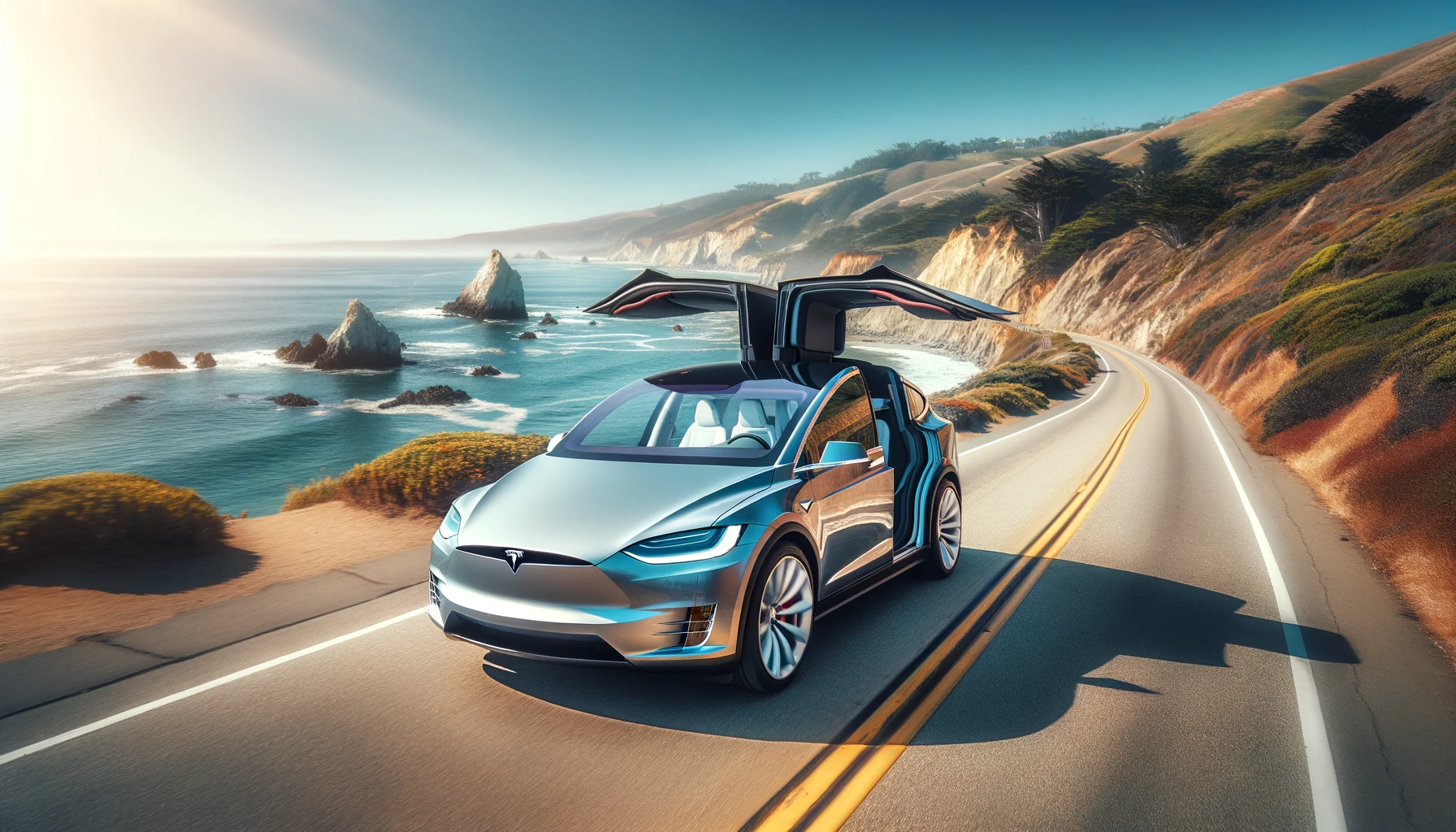In the competitive electric vehicle industry, Tesla has snatched back the lead in global sales for the first quarter of the year, outpacing Chinese manufacturer BYD after a brief period of lagging behind. This shift in sales dynamics underlines the fluctuating nature of the market and highlights Tesla’s continuous impact on the sector.
Tesla has demonstrated resilience in the face of a global slowdown in electric vehicle demand. Despite a year-over-year dip in its deliveries, the American EV giant managed to outperform Chinese rival BYD in the first three months of the year. Both companies have faced market challenges, yet Tesla’s impressive delivery numbers have allowed it to reclaim its status as the world’s largest seller of battery-electric vehicles (BEVs), a title it held for most of the previous year.
Quarterly Sales Figures Indicate Shifting Market Shares
Tesla reported delivering 386,810 vehicles in the first quarter, whereas BYD’s estimated deliveries tallied approximately 300,114 BEVs. The sales report indicates a significant rise from Tesla’s figures in the same period last year and a recovery from a drop experienced in the last quarter. BYD also experienced fluctuations, with a sharp fall from its record-breaking sales in the fourth quarter, but still managed to achieve a year-over-year increase.
Market Significance and Competitive Landscape
China remains a critical market for Tesla, showcasing a substantial sales increase. However, BYD has yet to penetrate the U.S. market, with no immediate plans to venture into this territory. Tesla has also recently adapted its Full Self-Driving (FSD) terminology, reflecting its advanced technology offerings beyond mere vehicle manufacturing. Both Tesla and BYD have acknowledged the importance of competition in promoting faster adoption of BEVs worldwide, with Tesla’s CEO Elon Musk previously lauding Chinese automakers for their competitiveness.
Discussions around the rivalry between Tesla and BYD have been ongoing. Insights from Engadget’s “Tesla’s China Rival Nio Could Overtake it in the Long Run,” and The Guardian’s article “Why China’s Electric-Car Industry is Leaving Detroit, Japan, and Germany in the Dust,” contribute to the narrative of a vibrant and intensely competitive EV market where Tesla and BYD are major players.
Strategic Moves in the EV Industry
Tesla’s strategy to offer mandatory FSD demonstrations with vehicle deliveries underscores its commitment to integrating advanced AI and robotics within its automotive business. Meanwhile, BYD’s slower pace in expanding beyond its domestic market may imply a more cautious or strategically staggered global approach.
Useful information
- Tesla and BYD’s sales figures provide insights into consumer preferences and market trends.
- The companies’ strategic moves, such as Tesla’s FSD, hint at a broader technological integration in the auto industry.
- BYD’s absence from the U.S. market can influence future international expansion strategies for both companies.
Concluding the analysis, Tesla’s rebound in sales to surpass BYD emphasizes the highly volatile and competitive nature of the global EV market. Tesla’s ability to lead in this sector amid market slowdowns showcases the strength of its brand and product offerings. While Tesla advances its technological integration with FSD, BYD’s market strategy and potential future moves remain critical factors that could shape the landscape of EV sales globally. For consumers and industry watchers alike, these dynamics between Tesla and BYD signal ongoing and exciting developments in electric vehicle technology and market share battles.










